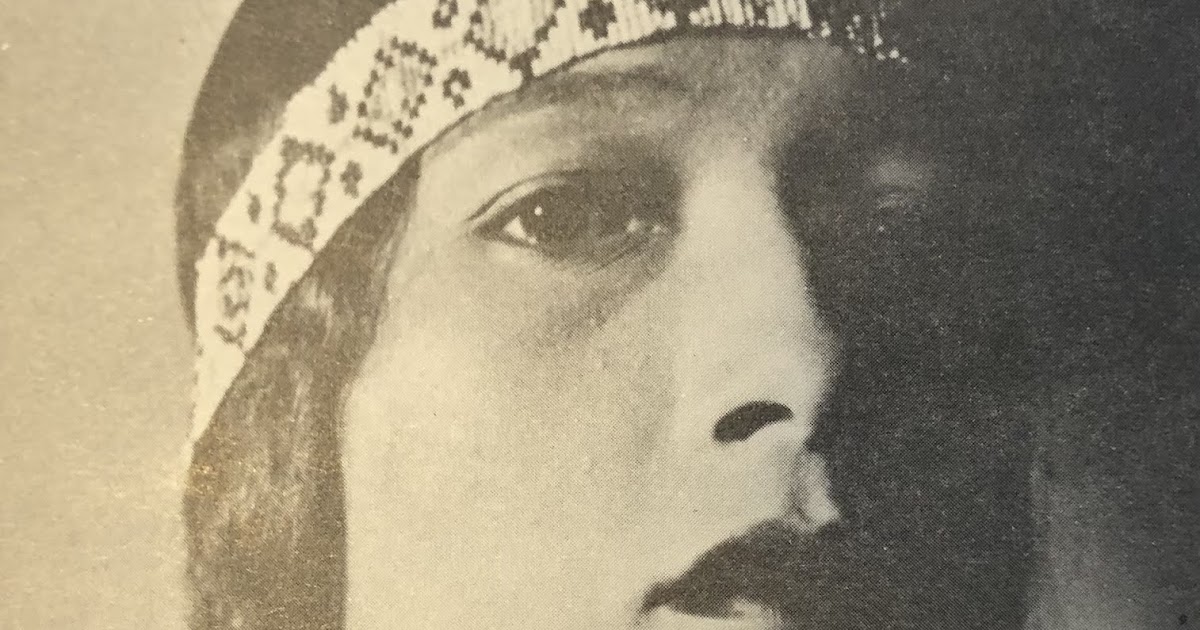I found a thin book in my library the other day, untouched
and unread. By Louise Lone Dog, it’s
called: Strange Journey: The Vision Life
of a Psychic Indian Woman. It
was published in 1964. I was immediately
taken by her story, the originality and authenticity. It evokes her Indian ancestry, and its spiritual ways, while embracing science and elements of
Christianity. She was a Mohawk shaman
with documented psychic powers that settled in New York City, and was born in 1928.
Her book is mainly about her psychic life; native Indians,
like herself with strange inner lives, were shy about sharing their stories. There
was from the beginning always the risk of Christian fanatics maligning or
killing them. Those that weren’t physically decimated were herded onto
reservations and forced to renounce their language, traditions, and
spirituality that were thousands of years older than the white marauders’culture.
Lone Dog’s strange journey is about recovering and honoring
her native inner talents. “Not knowing, for some time, of books
dealing with psychic experiences or phenomena, I had to develop my own way of
understanding these things.”25 We can learn from those who came before us,
but the greater challenge is to follow your own gift wherever it leads. At the same time she had to stay quiet
about her experiences; her psychic friends t were beaten up when they talked
about her experiences.
In 1964, she was arguing that many parents unwittingly
destroy the creative imagination and psychic abilities of their children. Much that is ill is a byproduct of a repressed
psychic life. Louise Lone Dog writes: “I feel certain that much of the upset
lives, fears, neuroses, and many unhappinesses of modern times are due to lack
of understanding and of repressions of just such gifts that are given to
children in their early years and which, sadly, never have a chance to flower.”19
In her early life, living close to nature taught her to tune
into the natural world, which seemed to release her psychic abilities. A rich sensory life can be a prelude to
a supersensory life. “From this
highly developed keenness of the senses, many moved on to a knowledge of the sixth
sense, the sense of the spirit world, and saw and understood things beyond
space and time and place in a way the modern, civilized man, with his dulled
senses and his emphasis on material luxury and pleasure, finds it hard to
grasp, or understand.”7
She describes a life transforming dream in which she found
herself at a big fair that was a revelation of the glory of the Indian past
before the conquest; the colors and symbols and animals and costumes and dances
all became brilliantly real before her, and she woke with the inspiration and
the vision of a return of the Indian spirit and a rebirth of its arts. e. Her idea was to use art and
bead-weaving to create artifacts of Indian spirituality, which would call up
the living spirit of Indian lifeways.
It happens in the course of history that people gain
guidance and inspiration by renewing the past. The very start of modern times was prompted by the
Renaissance, a rebirth of ancient ideas and ideals. Why not indigenous earth wisdom to combat the suicide of the
planet.
There is more to say about this book and Louise Lone Dog
(Naturegraph Press). She was full
of presentiments of the coming together of the races, and blending of the
religions, a true melting-pot of spiritual evolution. I could find nothing about her on the Internet except that
she was married twice and born in 1928, and that she moved to and lived in New
York City. Strange Journey contains a vision of an America coming together in
a great living oneness of spirit. Was
she crazy or did she glimpse a real possibility? The author, a native American of artistic and spiritual
talents, said: “Modern science is very young, but psychic science is as old as
the human race.”

